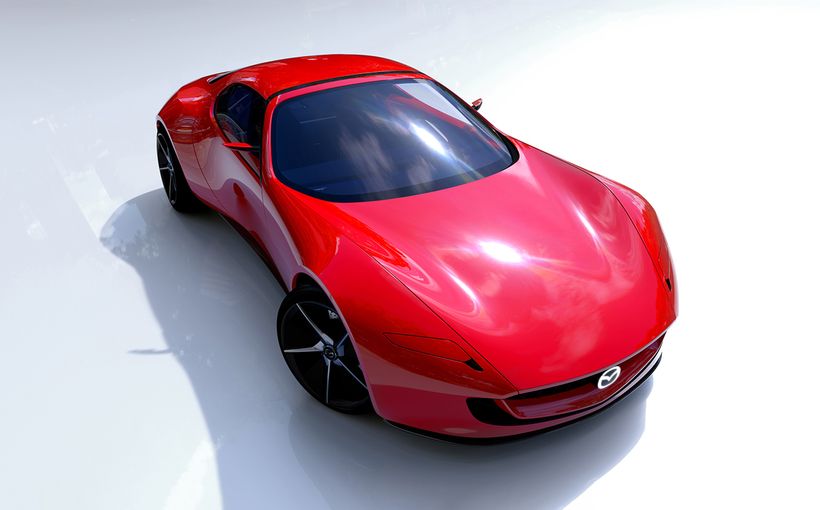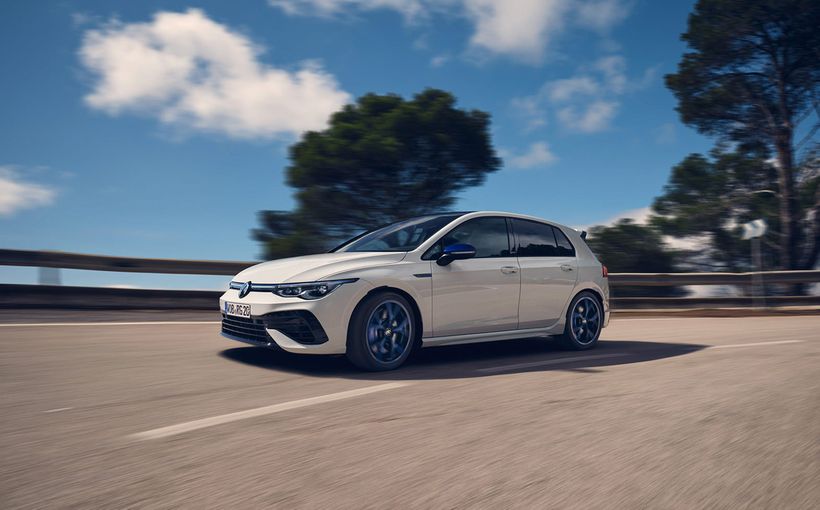McLaren unveils its F1-succeeding Speedtail three-seater
AUTOMOTIVE oddities are always a strange breed that are either so good they can get away with their idiosyncrasies or fail miserably by trying to be different.
Take the three-wheeled Reliant Robin as an example of an automotive head scratcher. I mean three wheels? We’ve all seen the infamous Top Gear video clip.
On the flipside though, there is the legendary McLaren F1 three-seater, marrying blistering performance and supercar-good looks with an odd number of pews to great success that is looked remembered very fondly.

In fact, the F1 was such a cultural hit, petrolheads the world over have been crying out for another McLaren three-seater since production wound down in 1998.
Flash forward until now (20 full years later!) and McLaren has finally answered everyone’s prayers and lifted the lid on a new three-seat hypercar, this time dubbed the Speedtail – and it is set to rewrite all the rules just like its predecessor.
Unfortunately, McLaren have yet to spill the beans on what engine is powering its new flagship model, but like the rest of its model line-up, expect it to be a twin-turbocharged petrol V8, likely the 4.0-litre unit mounted behind the seats of the 720S.

Though the 720S develops 527kW/770Nm, the Speedtail, thanks to electrification, outputs 772kW of power, with torque figures still sadly undisclosed.
As a result, the Speedtail can accelerate from zero to 300km/h in just 12.8 seconds – 3.7s quicker than the former P1 top dog – and top out at a scarily fast 403km/g (250mph) where it will be travelling 112 metres per second!
To put that into perspective, the Speedtail will hit the triple ton in about the same time that it takes the Renault Captur small SUV to accelerate to 100km/h from a standstill.

Key to the Speedtail’s pace is no doubt its ultra-slippery bodywork, which stretches to 5137mm in length with its elongated rear end that gives the model its name.
With retractable cameras replacing the traditional side-view mirrors and a suspension setup that will lower by 35mm at speed, the Speedtail’s drag coefficient can be reduced even further.
Finally, the 20-inch wheels up front are also fitted with aero covers and the rear wheel wells sport vertical blades that both aid in reducing turbulent air around the wheelarches to ensure maximum speed.

Other aerodynamic tweaks include a massive rear diffuser and completely flat underbody, while the rear sports hydraulically actuated ailerons to increase downforce or act as an airbrake.
Inside, buyers can opt for a number of interior appointments, including semi- and full-aniline leather upholstery, and carbon-fibre dash highlights.
Though all 106 examples of the Speedtail are already spoken for, each costing £1.75 million ($A2.81 million), a small number have been confirmed to be making their way Down Under.

Why such limited quantities though? Well only 106 units of the McLaren F1 were ever produced from its birth in 1993 to its demise in 1998.
Powered by a naturally aspirated BMW-derived 6.1-litre V12, the F1 could accelerate from 0-100km/h in just 3.7 seconds, and was famously the world’s fastest production car until dethroned in 2007 by the Bugatti Veyron.
The engine bay was also decked out in gold to keep heat in, while the chassis was made from a carbon-fibre reinforced polymer – the first production road car to do so – to keep weight down to just 1138kg.

While the F1 wound down production in 1998, it wouldn’t actually be until 2012 until McLaren would crown a new performance champion with the plug-in hybrid P1 hypercar.
With the brand’s ubiquitous 3.8-litre twin-turbo V8 engine paired with an electric motor, the P1 boasted 674kW of power and 980Nm of torque for a 0-100km/h dash in just 2.8 seconds.
More than 300 P1s were produced, but it seems like McLaren’s low-volume, ultra-high performing hypercar segment will live in the new Speedtail.
Protect your McLaren. Call Shannons Insurance on 13 46 46 to get a quote today.










